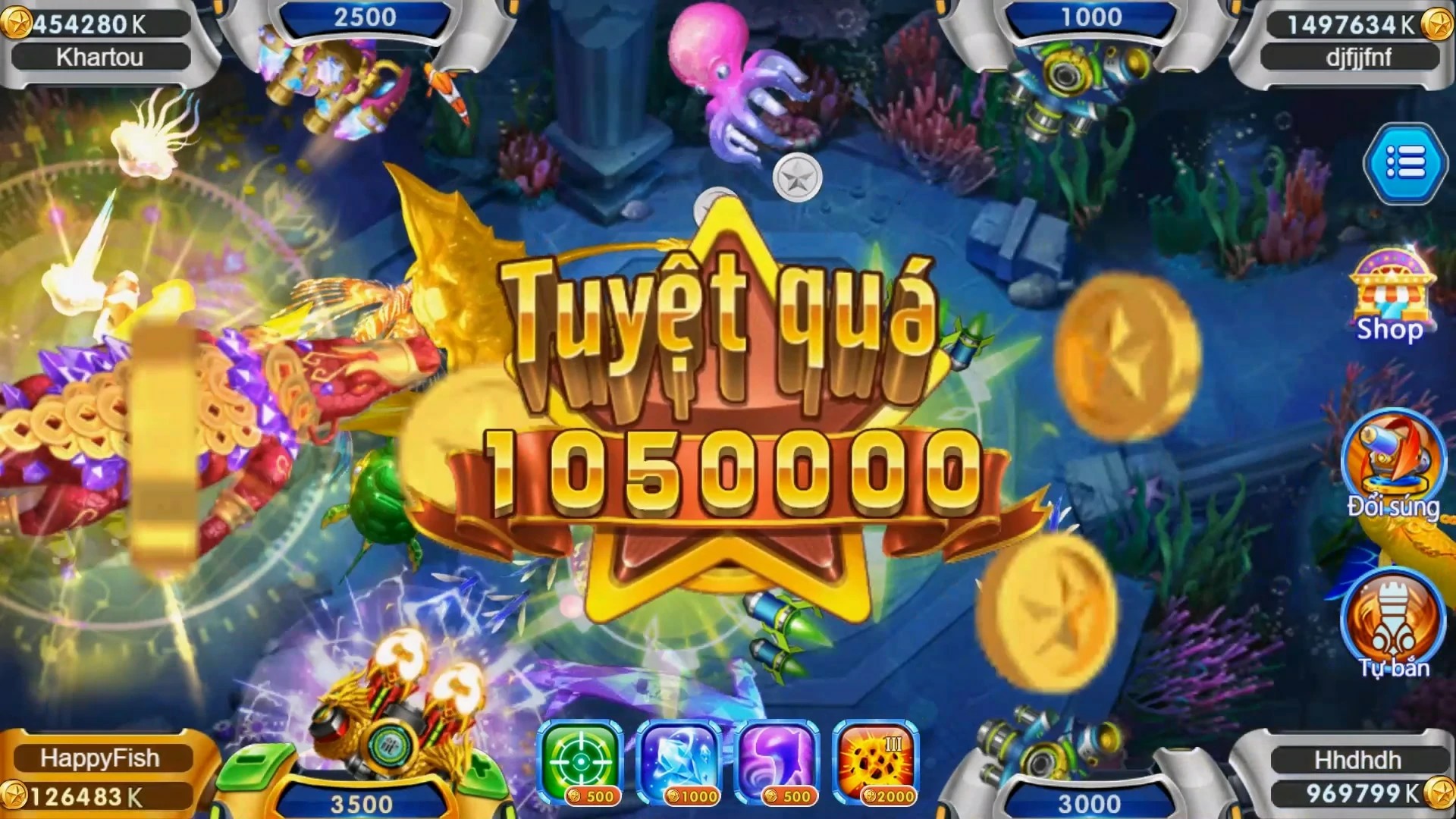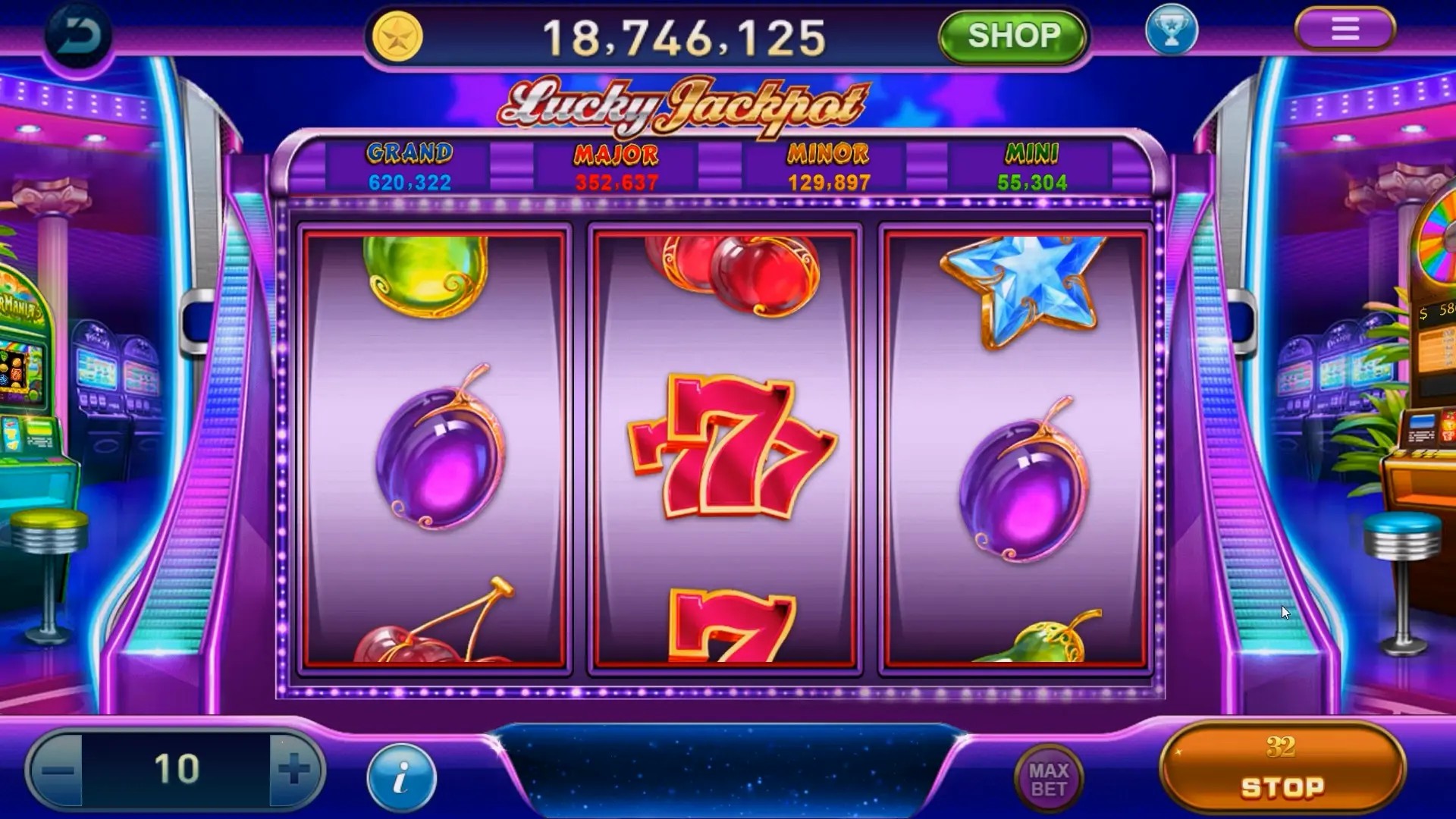Unlocking Creativity: How Sandbox Games Revolutionize Resource Management Gameplay
In the gaming world, sandbox games have taken the stage, transforming the way we approach gameplay, particularly in the realm of resource management games. These interactive worlds allow players to unleash creativity, enabling them to craft unique experiences. One standout example is Sushi Roll 3D, a popular cooking ASMR game that merges a delightful theme with resource management elements. This article explores how sandbox games revolutionize traditional gameplay mechanics and what makes them so appealing to users, especially in Bulgaria.
The Allure of Sandbox Games
At the heart of sandbox games is an open-world design where players can explore, create, and manipulate their environments. Unlike linear games where players follow a set path, sandbox games offer the freedom to experiment and build. This open-ended nature not only enhances engagement but also encourages community interaction, sharing creations, and collaborating in imaginative endeavors.
Here’s a brief list highlighting the key features that make sandbox games appealing:
- Creative Freedom: Players can design anything they can imagine.
- Diverse Gameplay: Options vary from building to crafting to combat.
- Community Driven: Players can share their worlds and improvements.
- Endless Possibilities: No two gameplay experiences are ever the same.
Resource Management Redefined
Incorporating resource management into sandbox games reshapes how players strategize. Instead of merely collecting items, players must think critically about allocating resources wisely. This element of strategy calls for a deeper level of planning and foresight, which can lead to a more immersive experience.
For instance, in games like Sushi Roll 3D, players not only manage ingredients but also time and customer satisfaction. Planning an efficient workflow is crucial in ensuring success. Players need to balance creativity in dish creation with the operational aspect of running a bustling sushi kitchen. This balance, a crucial part of resource management gameplay, adds depth to an otherwise simple premise.
| Game Feature | Sandbox Games | Traditional Resource Management Games |
|---|---|---|
| Creative Control | High | Low |
| Player Goals | Varied | Predefined |
| Flexibility | Extensive | Limited |
| Community Engagement | Active | Passive |
The Appeal of Survival Horror Elements
Interestingly, some sandbox games also incorporate elements from the survival horror game genre. By invoking fear and tension, these games blend creativity with suspenseful gameplay. Players must not only survive but use their creative resources to build shelters, craft weapons, and plan escapes.
This dual aspect of creativity and survival taps into the player’s emotional responses, further enhancing their bond with the game. The combination of risk and reward adds layers to the gameplay, making each decision critical and impactful.
Key Takeaways
- Sandbox games give unmatched creative opportunities.
- Resource management mechanics deepen strategic thinking.
- The blend of genres, including survival horror, enhances player engagement.
Conclusion
Sandbox games are redefining how players engage with the concept of resource management. By allowing for creativity, strategic thinking, and community involvement, these games not only entertain but also educate players on resource allocation in imaginative settings. As seen in games like Sushi Roll 3D, the combination of different gameplay styles creates a captivating experience that keeps players coming back for more.
FAQ
Q1: What are the main characteristics of sandbox games?
A1: Sandbox games offer creative freedom, diverse gameplay options, and community interaction.
Q2: Can sandbox games enhance strategic thinking?
A2: Yes! The incorporation of resource management elements requires players to think critically about their choices.
Q3: Why are survival horror elements appealing in sandbox games?
A3: They add tension and urgency, enhancing the experience and making decisions more impactful.



